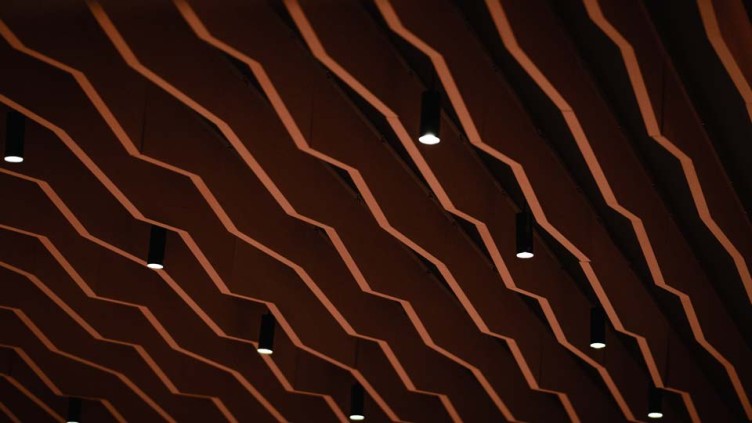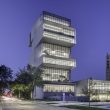Bridging the Gap Between Creativity, Technology, and Sustainability in Lighting Design
As lighting designers, we work at the crossroads of creativity, sustainability, and technology. It’s our job to pull the creative and technical threads of a project together to breathe life into a scheme and elevate the design. Yet for all the benefits we bring to a space, we must wrestle with the fact that creating an emotional connection between a person and a space with light, is never going to be the most energy-efficient solution. In the ever-changing world of luminaire technology, the scope for creativity is incredible, but we can’t ignore the fact that every watt of energy used is another watt of energy burned. The balancing act has got a lot harder and the need to reduce waste, energy consumption, and light pollution weighs heavy on us all.
In the lighting design world, we wrestle with this challenge daily. Increasingly, it means wading through reams of data and information – often misinformation – to build an accurate picture of fixtures, manufacturing processes, and supply chains. It’s also about delving deep into circular economy practices and being conscious of the environmental impact of the equipment we specify. LEDs are one of the most polluting light sources conceived and require rare-earth metals, which means mining, extraction, and pollution. Problem-solving what to do with these products at the end of life is tricky and the obvious answer doesn’t always lead to an easy solution. Repurposing products is where we should be focusing our attention, but this requires time, thought, and a great deal of ingenuity. The reality is that we haven’t moved beyond recycling and even that’s not working – the process is harder than it should be and sometimes not even possible. It’s time for us all to be transparent about the challenges we’re facing so that we can find a better way forward. We need to look beyond the lighting industry and raise awareness at a government level because without financial incentives businesses will never move beyond just talking about circular economy principles.
Designing an architectural lighting project is complicated. It requires mastery of creativity, sustainability, technology, and a long list of other disciplines. Architecture, engineering, physics, psychology, sociology, and well-being are some of the other threads we need to pull on. This complexity is why a professional lighting designer is best placed to act as a creative advisor and problem solver. It’s also why time, thought, and creativity are the keystones of a modern-day lighting scheme. Yet frustratingly, all of this can often be overlooked or undervalued by the client. To design creatively in the most sustainable way possible, we need to immerse ourselves in the brief. We need to know all about the people we are designing the space for, and how they will use it over time, and then use our understanding of all things light to research, develop, scrutinize, and finesse the design. Quality rather than quantity of light is always the distinguishing factor and the key to finding the right lighting solution to tune the emotional message. Not everything needs to be illuminated and lighting controls can play a role in ensuring we have light only when we need it. They have a carbon footprint of their own and an associated cost, but it’s a cost worth paying if they make a project more efficiently. Technology doesn’t need to be complicated to be effective. As we try to reduce consumption, we are seeing a move away from trends and fads and a renewed focus on creating beautiful designs that will stand the test of time.
We need to re-evaluate what makes a great design. There’s still a place for imaginative lighting and engaging moments, but only if we as designers take responsibility for minimizing the impact of our work and use every opportunity possible to educate people along the way. As clients seek more sustainable solutions, they need people around them that understand every facet of light – even if that raises difficult questions about how we work towards circular economy principles and reducing energy consumption and embodied carbon. We’ll only move forward if we’re transparent about the reality of the challenge ahead, and if we take the time to do it right.




